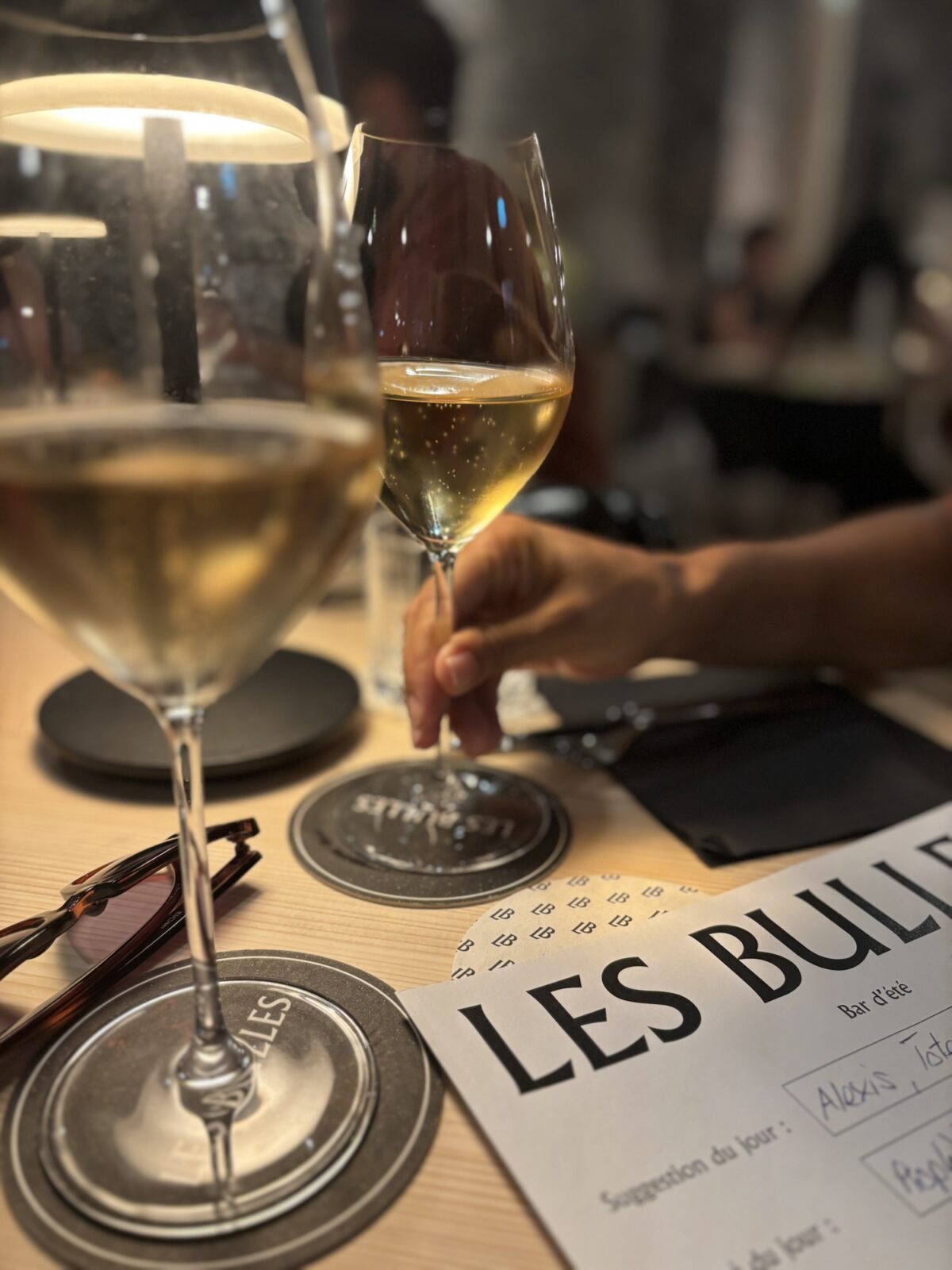From royal courts to rooftop parties, Champagne has long held a position far beyond that of a simple beverage. More than just sparkling wine, it has become synonymous with celebration, exclusivity, and timeless glamour. But how did a drink once confined to the monasteries of northeastern France become a global myth—and why does it still hold such cultural power today?
Trend Snapshot
| Aspect | Details |
|---|---|
| Trend Name | Champagne Mythos |
| Definition | The global cultural phenomenon positioning Champagne as a symbol of luxury and festivity |
| Key Ingredients | Chardonnay, Pinot Noir, Pinot Meunier grapes; méthode champenoise |
| Current Distribution | Worldwide; luxury events, high-end hospitality, influencer culture |
| Notable Examples | Dom Pérignon, Veuve Clicquot, Krug, Cristal |
| Popular Hashtags | #champagnelife, #popthebubbly, #luxurylifestyle |
| Target Demographics | Affluent consumers, aspirational millennials, global elites |
| Wow Factor | Combines sensory finesse with social prestige |
| Trend Phase | Cultural classic—persistently iconic, periodically revived via pop culture |
Monastic Origins to Royal Endorsement
Champagne’s journey begins in the quiet abbeys of the Champagne region, where monks—most famously Dom Pérignon—experimented with wine fermentation in the 17th century. Contrary to popular myth, Pérignon didn’t invent sparkling wine, but he did improve the blending techniques that led to its signature finesse.
The drink’s transformation from monastic curiosity to royal favorite was propelled by its early adoption at the court of Louis XIV. The French monarchy’s fondness for Champagne cemented its association with opulence. As noted by the Comité Champagne, the official trade association, early producers actively courted aristocratic endorsement to elevate the drink’s prestige.
By the 18th century, Champagne was being exported across Europe. Its delicate bubbles and noble branding made it the drink of choice among Russian tsars, British elites, and even newly wealthy American industrialists. As Smithsonian Magazine reports, Champagne became a hallmark of modern luxury—a liquid status symbol for the emerging global bourgeoisie.
Mythos in a Bottle: Why Champagne Still Resonates
Several forces combined to transform Champagne into more than a beverage. Its scarcity and controlled production (only sparkling wine from the Champagne region can bear the name) lent it an air of exclusivity from the beginning.
Champagne’s sensory qualities—effervescence, lightness, clarity—also metaphorically aligned with celebration and joy. As marketing campaigns evolved in the 20th century, producers leaned into these associations. Luxury maisons like Moët & Chandon and Veuve Clicquot amplified the myth with ornate packaging, celebrity endorsements, and extravagant events.
Champagne has remained culturally relevant by constantly reinventing itself—from 1980s fashion shows to 2020s influencer brunches. Even in the era of democratized luxury, Champagne’s mythos endures because it embodies both heritage and aspiration. As Wild Bite Club observes in its article on caviar chips, contemporary luxury thrives on the tension between tradition and play—something Champagne encapsulates perfectly.
Champagne Through the Ages: Key Milestones
-
~400 BCE – Persia
Early mentions of fermented grape beverages in Persia set the distant foundation for sparkling wines. -
17th Century – France
Monks in the Champagne region, including Dom Pérignon, refine wine blending techniques. -
Early 1700s – Royal Patronage
Champagne becomes a favorite at Louis XIV’s court, symbolizing elite French taste. -
Late 18th Century – Global Export
Champagne spreads across Europe and beyond, reaching British aristocrats and Russian nobility. -
1920s – Parisian Glamour
Post-WWI Paris cements Champagne as a hallmark of celebration and sophistication. -
1980s–2000s – Pop Culture Icon
Champagne becomes synonymous with fashion shows, hip-hop videos, and luxury branding. -
2020s – Digital Renaissance
Social media reimagines Champagne as a shareable luxury—casual, performative, and global.
© Wild Bite Club
Its sparkle is not just visual—it’s cultural, historical, and emotional. That’s why Champagne, more than any other drink, continues to pop up wherever people want to signal something special.
Champagne Today: A Global Ritual of Aspiration
In today’s fast-moving, image-driven world, Champagne retains its relevance by functioning as both a product and a ritual. From weddings and New Year’s Eve to tech IPOs and red-carpet events, the act of popping a bottle has become shorthand for success and joy. It is performative by design—an act meant to be seen, heard, and shared.
The rise of social media has only deepened this symbolism. On platforms like Instagram and TikTok, Champagne is no longer confined to private celebrations; it’s a curated experience. Influencers post slow-motion videos of corks flying, glasses clinking, and golden bubbles rising—a visual shorthand for affluence and lifestyle.
Moreover, Champagne’s adaptability has helped it stay ahead of changing tastes. Producers now experiment with lower dosage styles (Brut Nature), rosé variations, and eco-conscious packaging to appeal to younger, more diverse consumers. Pop-ups, rooftop tastings, and limited-edition collabs keep the drink relevant for the next generation of luxury seekers.
Even in everyday settings, Champagne maintains its aura. A glass at a midweek dinner, a mini bottle gifted at an event, or a Champagne cocktail at a casual brunch—all these uses preserve the drink’s mystique while making it more approachable. This balance between exclusivity and accessibility is key to Champagne’s enduring myth.
The bubbles, in essence, have never lost their luster. They have simply learned to reflect the times.
If you’re curious how other luxury foods are being reimagined for today’s audiences, read our take on Caviar Chips: Why Fancy Meets Fun on Today’s Plates.

